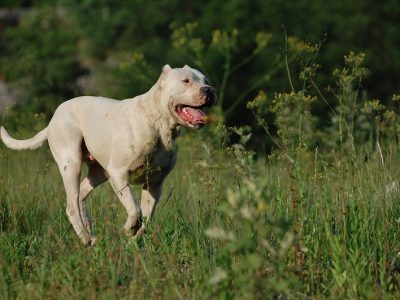The global distribution of bears, spanning from North America to South America and from Europe to Asia, highlights their remarkable diversity in size, behavior, and dietary preferences, contributing to the rich tapestry of wildlife across continents.
The conservation of bears is vital for maintaining biodiversity and preserving wildlife habitats. There are eight different varieties of bear that can be found in the world.
Regrettably, all bear species are classified as vulnerable on the IUCN Red List of Threatened Species, primarily due to habitat destruction and poaching. However, spanning from the polar bear, the largest land predator, to the giant panda, which sustains itself on bamboo, bears exhibit a plethora of captivating characteristics.
Let us discuss the various types of bears that are found in the animal kingdom.
Black Bear
The Black Bear, a medium-sized species native to North American forests, is admired for its adaptability and omnivorous diet, showcasing versatility in its habitat and feeding habits.
Brown Bear
The Brown Bear, a sizable omnivore, roams diverse habitats spanning North America, Europe, and Asia. Renowned for its strength and diverse diet, it occupies a significant ecological niche in these regions.
Giant Panda
The Giant Panda, an adored and endangered bear species native to China, is recognized for its iconic black-and-white fur and nearly exclusive consumption of bamboo. Its unique dietary habits contribute to its conservation challenges and global fascination.
Grizzly Bear
The Grizzly Bear, a formidable subspecies of the brown bear, commands attention with its imposing size, strength, and remarkable adaptability. Thriving in the forests and mountains of North America, it embodies the wild spirit of these rugged landscapes.
Polar Bear
The Polar Bear, Earth’s largest land carnivore, thrives in the Arctic Circle, sporting distinctive white fur. Renowned for its hunting prowess and cold-adapted physiology, it navigates icy landscapes with ease, symbolizing resilience in the harshest environments.
Sloth Bear
Native to the Indian subcontinent, the Sloth Bear is notable for its shaggy coat and specialized diet, predominantly consisting of termites and ants. Its distinctive dietary habits and appearance contribute to its ecological significance and cultural importance in its native range.
Spectacled Bear
The Spectacled Bear, South America’s sole bear species, boasts unique facial markings and a predominantly vegetarian diet. Inhabiting the Andean cloud forests, it symbolizes the region’s biodiversity and adapts to the challenges of its mountainous habitat.
Sun Bear
The Sun Bear, Southeast Asia’s smallest bear species, thrives in tropical forests, sporting a short, sleek coat and a distinctive chest crescent. Its diminutive size belies its importance in the ecosystem, showcasing the diversity of wildlife in the region.
Save the Bears
It is crucial to boycott harmful organizations like circuses and inadequate zoos that exploit bears. Encourage others to join in this stance. Combat climate change by adopting renewable energy and reducing water and food waste.
To minimize human-bear interactions, limit bird feeders, fruit trees, and berry bushes at home. Together, these actions promote bear welfare, environmental sustainability, and peaceful coexistence between humans and these magnificent creatures.












Comments